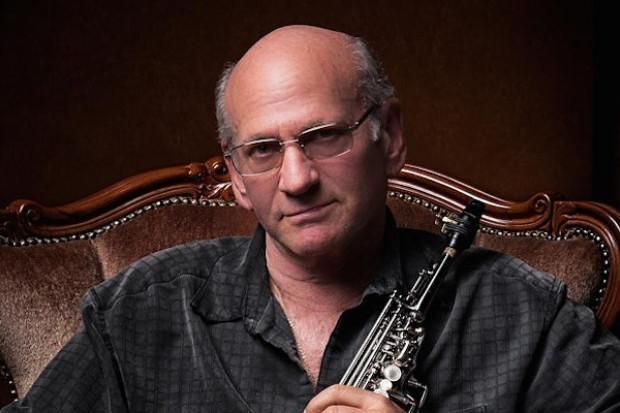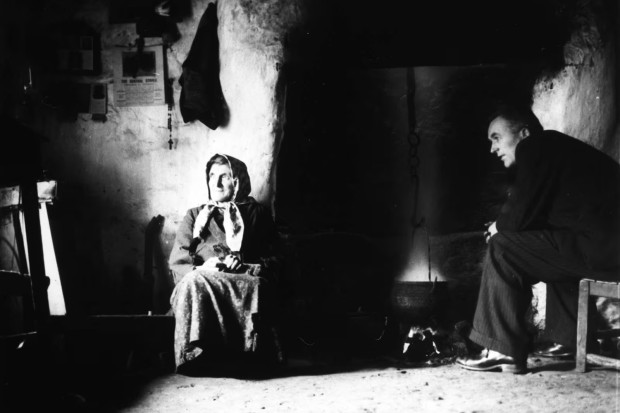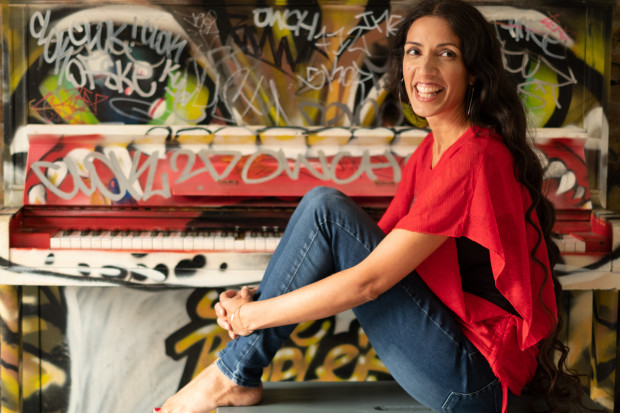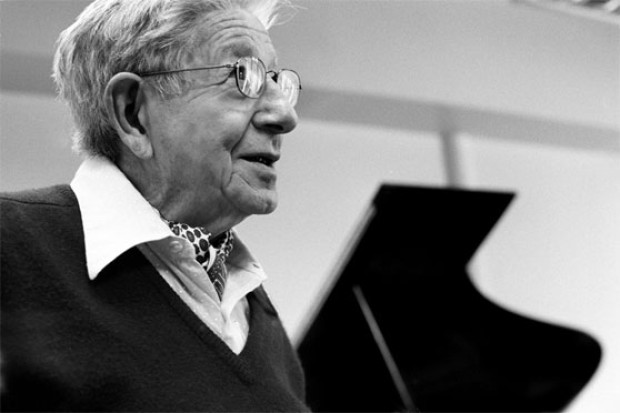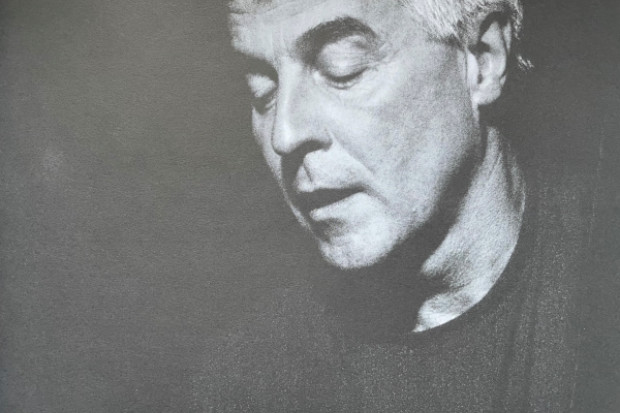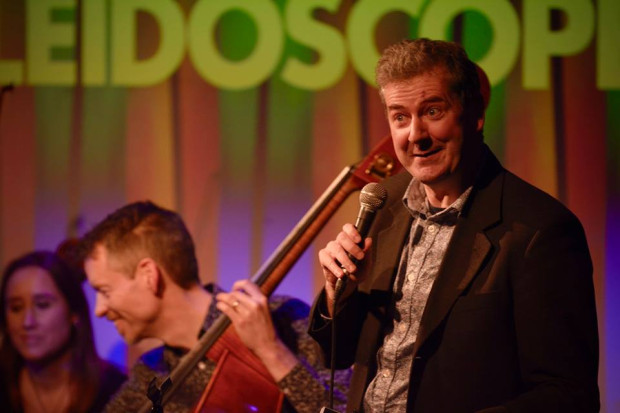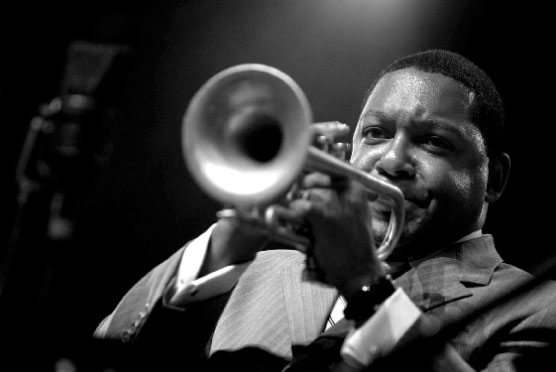
Winton Marsalis
Sunflowers
On a warm night last August, sipping champagne and strolling past the rear of le chapiteau, the huge marquee that hosts the headlining concerts of the Marciac Jazz Festival, I heard a trumpet playing scales. Turning a corner, I saw the distinctive silhouette of Wynton Marsalis, backlit behind the tent wall. It was a moment of potent theatricality – canopy of stars above, dark fields of sunflowers all around, the iconic image of a man and his horn before me – which, more than any other, captured the magical atmosphere of this renowned festival, now in its fourth decade of presenting jazz from all over the world in an enchanting setting in the south of France.
Marsalis has become almost synonymous with Marciac. He has appeared at the festival every summer since 1991, teaches master classes in the local school, and has written and recorded The Marciac Suite, a thirteen-part tribute to this sleepy French village, which transforms into a maelstrom of activity for two weeks every summer, when over 100,000 people attend the festival. His image is ubiquitous, from paintings in the art galleries to photographs in the press room to a life-sized bronze statue outside the fifteenth-century Augustinian cloister that houses the town’s surprisingly well-appointed jazz museum. Locals speak of him as the ‘godfather’ of Marciac jazz.
A few minutes after hearing Marsalis warm up, I was inside the marquee with 5,000 others, listening to his septet as they performed a series of serious, traditional and virtuosic compositions, including ‘Majesty of the Blues’, ‘Spiritual Awakening’, and ‘Sunflowers’. The standard of musicianship was stellar. In particular, pianist Marcus Roberts and trombonist Wycliffe Gordon, like Marsalis himself, are masters of their instruments, technically stunning players capable of soulful, swinging improvisation rich in idea and surprise. The compositions, all originals, were complex and varied. Empathy between the musicians was what you would expect from a band that has been performing together at the highest levels for more than a decade.
Yet something was missing. For all its richness, Marsalis’ music can have an antiquarian feel. By now, his neoclassical approach to jazz has hardened to a dangerous conservatism. Since the early nineties, when critic Stanley Crouch published his mean-spirited attacks on Miles Davis and championed the young man from New Orleans as the salvation of the jazz canon, Marsalis has grown more and more distant from what, in a globalised musical environment, have the wellsprings of jazz innovation, including world music, openness to new media and technologies, and experimentation with the probing voices and rhythms of contemporary art music. His narrow, politicised focus on the pre-1965 American jazz tradition has constricted his own writing, which often strikes a contemporary ear with not so much a false note as an overly familiar one. This has been done before, we think. Let’s move on.
This year’s version of Marciac did have variety and innovation, though not all of it hit the mark. With the two-week programme offering over thirty headline acts, you have to pick your spots, and my choices didn’t always work out. The saxophonist Bill Evans’ blend of jazz and bluegrass was crass and simplistic, and alto sax virtuoso Stefano Di Battista played a set that had more show-biz bluster than musical substance. I would have been better off checking out Uri Caine, the Masada String Trio, or the Senegalese Afro-Cuban band Orchestra Baobab. Yet I got a firm sense that the truly interesting musical moments were spaced rather widely between lead acts whose integrity was often sacrificed for broader appeal – which was a pity, because the festival’s atmosphere, organisation, food and fringe music were excellent.
But broad appeal and dynamic, forward-looking music are not mutually exclusive, as I discovered back in Ireland a few weeks later. In spite of inclement weather, this year’s Festival of World Cultures, held in Dún Laoghaire in late August, generated the kind of crowds and buzz that have characterised Marciac for years, and the sold-out Éthiopiques concert at the Pavilion Theatre, which opened the festival with huge energy, offered an object lesson in how jazz can be enriched and extended by contact with new cultural sources.
This gig featured the ten-piece Either/Orchestra from Massachusetts, which the Boston Globe has called ‘the leading little big band in the jazz world’, playing behind a line-up of three outstanding Ethiopian musicians. Vibraphonist and arranger Mulatu Astatke opened the concert with a set of Ethio-jazz tunes, including a suite of haunting pieces featured in the Jim Jarmusch film Broken Flowers. He was followed by singer Alemayehu Eshete, known as the ‘Ethiopian James Brown’, who lived up to his sobriquet with a hard-working, funky performance that was up-to-the-minute hip yet also contained strains of the ancient. And the evening climaxed with the remarkable Mahmoud Ahmed, a traditional singer of Gurage ancestry who performs with an intensity that can only be described as spiritual, with a profound, mesmerising effect on his audiences.
The Either/Orchestra’s pulsing groove, powerful collective sound and swinging arrangements have, over the years, embraced Latin beats, funk, blues and straight-ahead jazz, and its eclectic approach to the tradition recalls the bands of Sun Ra and Charles Mingus. Ten years ago, inspired by Astatke and others, the band began playing its own arrangements of Ethiopian popular music, and in 2004 they appeared at the Ethiopian Music Festival in Addis Ababa, the first Americans ever to be invited.
As band trumpeter Tom Halter explained to me, Ethiopian music gets its distinctive sound from a unique four-mode pentatonic structure, called qenet, which lends itself with felicitous precision to jazz voicings – an innate compatibility that has been explored by Ethiopian musicians for decades. Under the reign of Emperor Haile Selassie in the 1950s and 60s, the country boasted a lively club scene, where the native music was broadened with big-band influences and instrumentation. After the 1974 coup and subsequent Red Terror inflicted by the Marxist Derg, this powerful music was suppressed. Resurrected in the nineties, it has in recent years gone on to gain worldwide popularity as it has been spread by Ethiopian emigrants, the Buda Musique label’s extensive Éthiopiques series of CDs and DVDs and the support of advocates such as the Either/Orchestra.
As fans at the Pavilion gig discovered, this musical hybrid works wonderfully. And why wouldn’t it? After all, the best jazz has always been the result of just such a quest – the mining of new and challenging traditions that fit with existing jazz forms, add vision and breadth and are deepened in return by jazz’s rhythmic and harmonic sophistication. Such cross-fertilisation enables jazz to continue to grow the way it did when it emerged over a century ago: as a vibrant, living music with roots from all over the globe. By its very nature, jazz must always evolve. Marsalis and other conservatives should take note – the best way of paying tribute to the past is not by looking over your shoulder, but by continually scanning the road ahead for the fresh and the bold.
Published on 1 November 2008
Kevin Stevens is is a Dublin-based novelist and writer on history, literature, and jazz.












